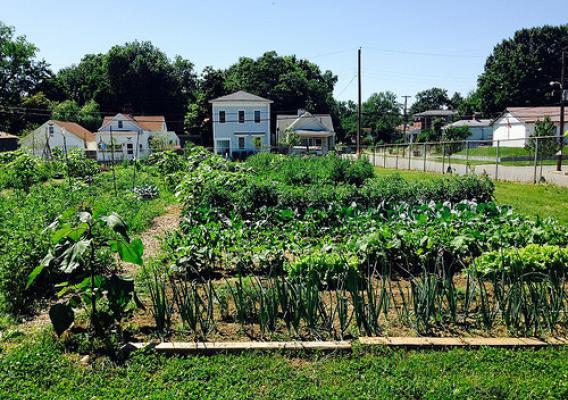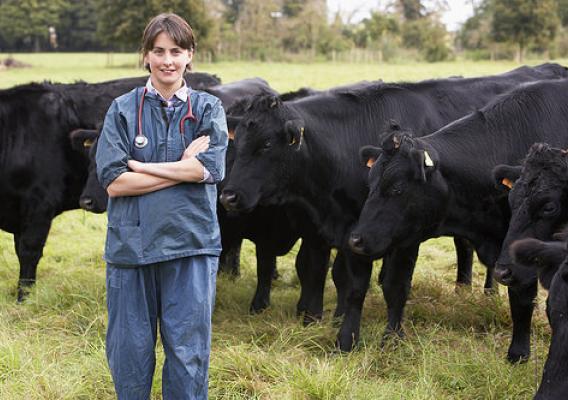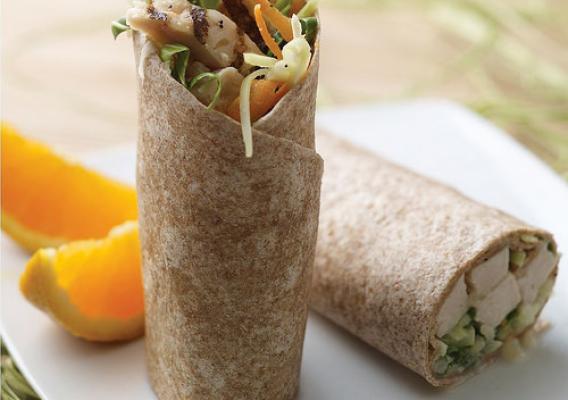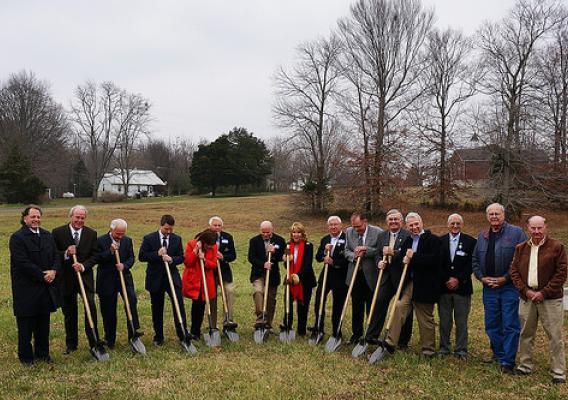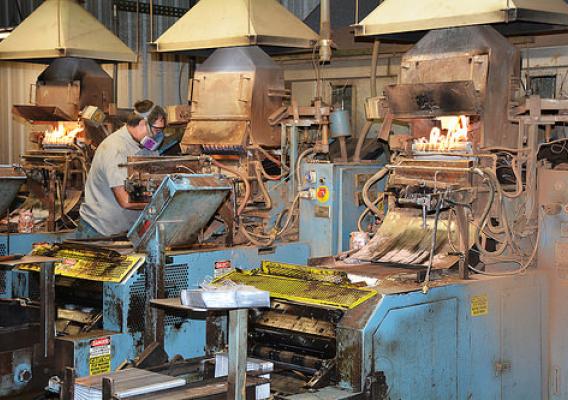This post is part of the Science Tuesday feature series on the USDA blog. Check back each week as we showcase stories and news from USDA’s rich science and research portfolio.
Farmland is one of the biggest assets in U.S. agriculture. According to the most recent Census of Agriculture, American farmers own more than half of all U.S. farmland—however, more than 350 million acres are rented or leased. This means that hundreds of thousands of farmers are affected by rising farmland values and have to negotiate their land rental agreements regularly.
That’s where data comes in. Every year, we reach out to thousands of farmers across the nation to determine accurate estimates for farmland values. After all, to negotiate a fair deal, it helps to know the actual value of the land you already rent or hope to rent in the future. That’s also how we at USDA and other key policymakers know that U.S. farmland values have been increasing pretty steadily over the past decade.




